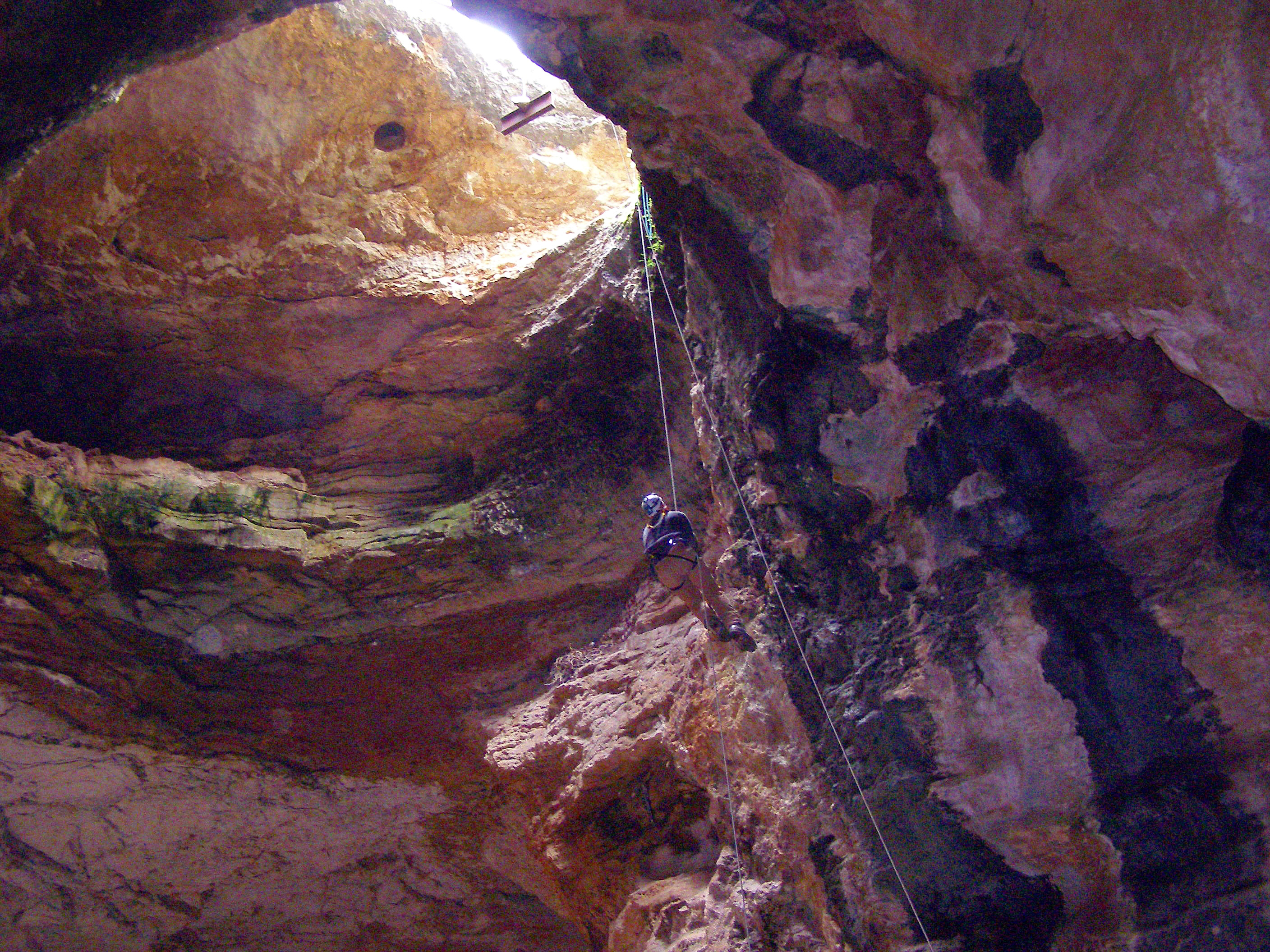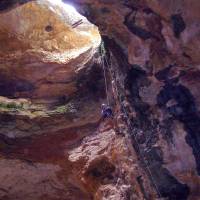Scientists will soon begin excavation of an ancient Wyoming sinkhole containing a rare bounty of fossil remains of prehistoric animals, such as mammoths and dire wolves, preserved in unusually good condition, researchers said on July 24.
The two-week dig, set to begin under the direction of Des Moines University paleontologist Julie Meachen, marks the first exploration of Natural Trap Cave in north-central Wyoming since its initial discovery in the 1970s.
At that time, scientists found that the 25-meter-deep cavern formed a natural repository for a rich fossil record that may date back as far as 100,000 years, but a full-scale expedition into the sinkhole has not previously been attempted.
The cave, formed by the collapse of limestone bedrock at the base of the Bighorn Mountains, became a tomb for thousands of ancient mammals that stumbled into the 4-meter-wide mouth of the sinkhole, then concealed by vegetation, and plunged to their deaths.
Conditions in the underground chasm, which widens to 36 meters at its base, are cold and damp, offering a degree of preservation for fossils generally associated only with those found frozen in ice in Siberia and the Arctic, Meachen said.
"They fell into a refrigerator," she said of animals such as camels, American lions, cheetahs, woolly mammoths and short-faced bears.
Meachen will lead a team of international scientists as they rappel from the outer rim of the cave's opening to the depths below.
Analysis of recovered fossils is expected to provide new insights into the climate, diets and genetic diversity of North American mammals that disappeared during the Ice Age extinction of more than 10,000 years ago.




